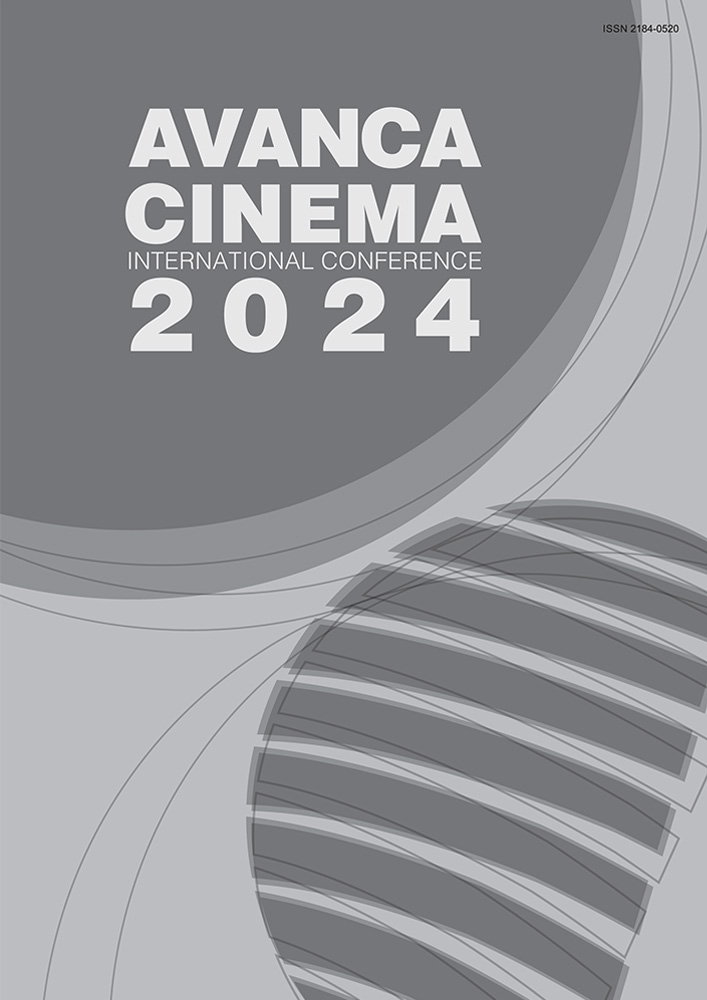Chapter I _ Cinema - Art
Coincidences and Consequences: A Note on the Endings in Chekhov and Rohmer
Abstract
The forthcoming study aims to compare the works of the Russian writer Anton Chekhov and the French filmmaker Éric Rohmer. The objective is to identify commonalities, both formal and ethical, between these two distinguished auteurs. Their similarity lies in a shared conception of realism and objectivism in art: they present a world from a false transparency, never fully revealed. Rather than merely depicting reality, they strive to reveal its ambiguous structure through gestures and subtle language. This approach allows them to create innovative narrative effects and to challenge conventional plot assumptions. In contrast to traditional storytelling —based on logic causality—, their works avoid any thrill centered on drama; instead, they focus on the characters’ perspectives within these dramatic situations. The characters are not driven by the story: they are the story themselves. Thus, Chekhov and Rohmer eschew any central conflict in favor of narrative distension. This technique can be sight through their endings on works like The Student (1894) or the whole series of the Contes Moraux (1962-1972), and it reflects a unique conception of fiction shared by both authors, wherein hazard plays a crucial role in connecting with the world.

This work is licensed under a Creative Commons Attribution 4.0 International License.

